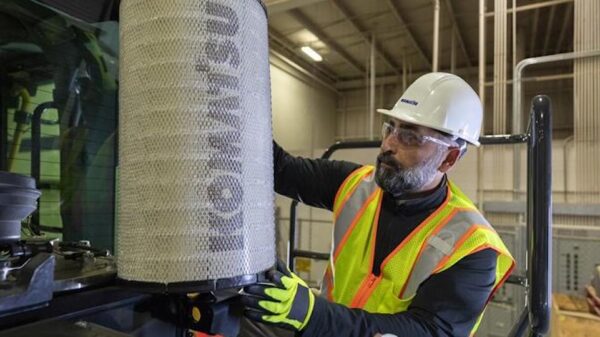The New York Police Department (NYPD) is responding to growing concerns about e-bike traffic violations with new enforcement measures aimed at enhancing public safety. Incidents involving cyclists disregarding traffic laws have sparked anxiety among pedestrians, particularly among vulnerable groups such as the elderly.
In recent months, reports have highlighted the dangers posed by e-bikes, especially in urban areas like Manhattan. While delivery cyclists often receive criticism for riding against traffic and ignoring signals, studies indicate that a significant number of cyclists, including users of pedal-assist Citi Bikes, display similar disregard for established safety protocols. According to research conducted six years ago, between 25% and 79% of cyclists in New York City failed to stop for red lights.
In response to these alarming statistics, both Mayor Eric Adams and Police Commissioner Jessica Tisch have pledged to improve compliance with traffic laws. The mayor announced plans to enforce a 15 mph speed limit for e-bikes, while Tisch has established a dedicated e-bike enforcement unit. This unit will focus on high-traffic corridors throughout the city, targeting reckless riders and those who violate red lights and stop signs.
Tisch outlined that officers will be deployed during peak traffic hours to monitor and penalize offenders. The new enforcement strategy includes issuing “c-summonses” that require violators to appear in court, marking a significant shift in how cycling laws are enforced.
While these initiatives represent an important step forward, some experts argue that traditional policing methods alone may not suffice. They advocate for the integration of technology to enhance enforcement capabilities. Utilizing speed and red-light cameras, as well as identity-recognition software, could significantly increase compliance and improve safety for all road users.
Reflecting on past experiences, a former employee of the Brooklyn District Attorney’s Office emphasized the necessity for modern technology in law enforcement. He recounts a period when the police lacked essential tools for effective policing, such as access to email and mobile communication.
Since then, advancements have been made, particularly under Tisch’s leadership in information technology, which has brought smartphones and body cameras into use. Moving forward, a combination of personal interaction and technological resources is essential for improving public safety.
The potential benefits of using automated systems to monitor e-bike compliance are numerous. Such systems could enable the police to allocate resources more effectively and, by employing facial recognition or bike-registration data, could help identify violators without the need for direct interaction.
Despite concerns regarding the possible disproportionate impact on minority groups and undocumented immigrants, accountability for traffic violations is crucial for maintaining public safety. Those who violate laws intended to protect pedestrians must face consequences, regardless of their background.
In light of the historic challenges outlined by sociologist Daniel Patrick Moynihan regarding societal behaviors, a shift is needed to address illegal and dangerous activities. By utilizing all available tools, including modern technology, Tisch’s focus on quality-of-life offenses aims to create a safer environment for all New Yorkers.
As the NYPD rolls out these new enforcement strategies, the hope is that compliance will improve, leading to safer streets for pedestrians and cyclists alike. The commitment to leveraging technology could play a vital role in achieving this goal and ensuring the well-being of the community as a whole.



































































